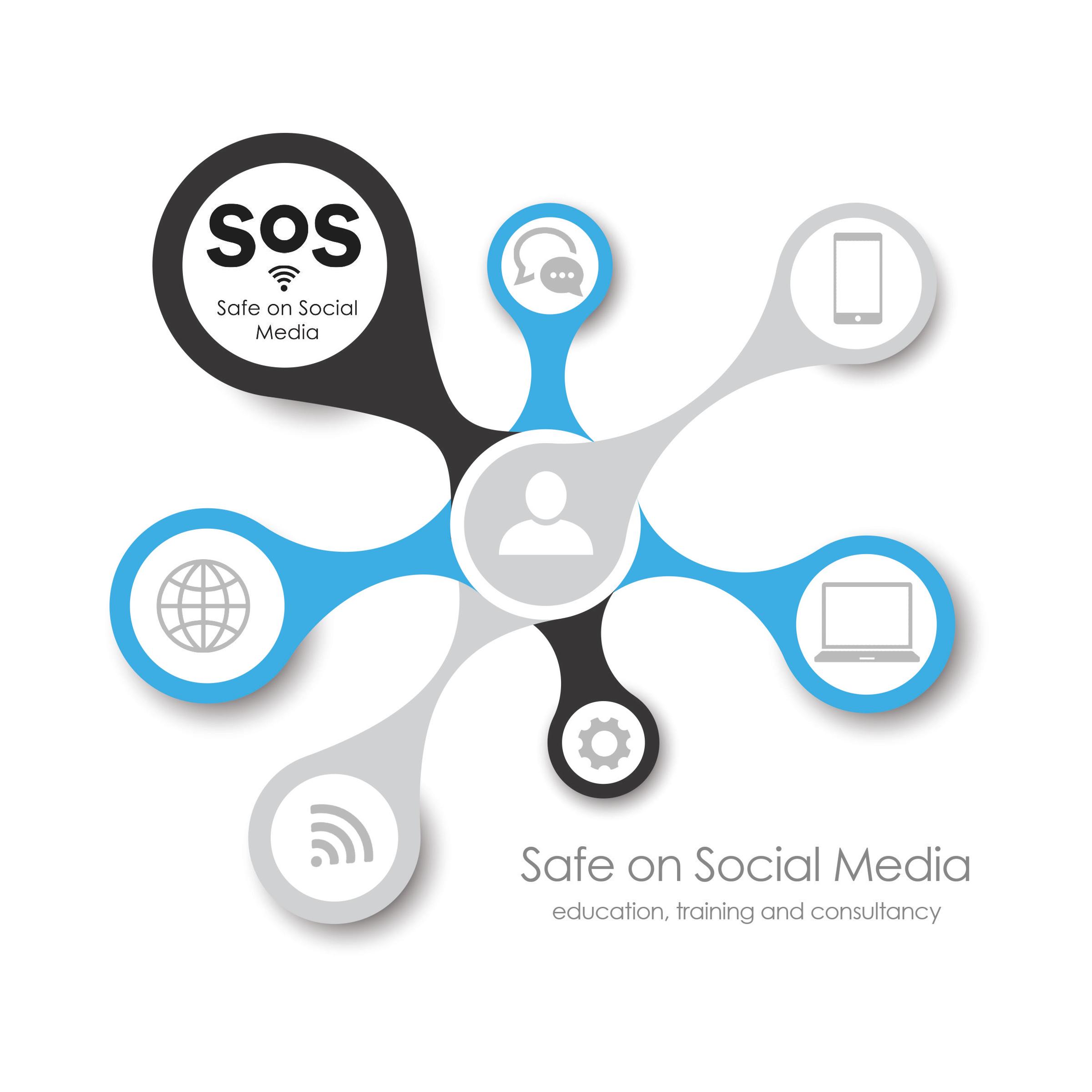Safe On Social Media

Safe On Social Media
Hopefully, our community is aware that during Term 2 all staff participated in training around the use of social media; that all students from Year 4 to Academy II participated in learning sessions and that we hosted an information evening for our parents and community. Since these events we have established an ongoing relationship with Kirra Pendergast at Safe On Social Media and we will now regularly place information and alerts in our newsletter around safe social media use. As always if you have any questions please contact the school.
Don't say anything online that you wouldn't want plastered on a billboard with your face on it.
Erin Bury
How to report Cyber-Bullying
Statistics say that one in five Australian children aged 8 to 17yrs have been the target of cyber-bullying in the last year. Most social media networks have rules banning cyber-bullying and have complaints tools for reporting.
Firstly, take screenshots so you have evidence.
Then report and block the bully on whatever social media app is being used. Some social media sites can take up to 48hrs to remove the reported post but you MUST report through these channels before reporting to to The Office of the Children’s eSafety Commissioner.
Report it to The Office of the Children’s eSafety Commissioner by filling in the online complaints form at esafety.gov.au if the site does not act in 48hrs.
If the bullying is threatening someone’s life or involves child pornography immediately contact your local police station.
Everything you post on social media impacts your personal brand. How do you want to be known?
The Publicity Gal
Parenting at the speed of light - Vault apps
My child has two calculators on their phone?
No, they don’t . What they have is one calculator and one vault app.
Vault apps have been in existence for a while now, but with the gradual increase of parents with some social media know-how, they appearing with regularity on smartphones in both High school, and primary schools. Snapchat has been a major contributor to this surge in popularity.
These secure storage apps are being used to hide the evidence of sexting, sextortion, bullying and other inappropriate content that would normally be found when a phone is checked.
What is it?
There are several versions of these vaults around, but many masquerade as a calculator.
They can be downloaded for free, by subscription or by an outright purchase. The more you pay – the more secure and hidden your illicit content will be. Vault, Calc, Secret Vault are some examples. The storage capabilities vary - Calc in particular will store documents , images, films. links, downloads in a cloud.
How do they work?
Appearing as a calculator - the vault app requires a passcode to access the private stash of photo’s that have been taken or sent. Some are so sneaky, that when the vault is discovered – a decoy passcode will lead to a relatively innocuous set of shots. Anyone searching could then stop at that point, unaware another passcode led to the real cache.
The calculator is functional, and the content is stored in a separate cloud that may be synched to an additional device/computer. Deleting the app may not be enough. The content is held elsewhere.
But wait there is more.
Those psychic moments your child has – when they somehow know you checked their phone? You may have had your mugshot taken. The app has the ability to take a photo of whoever was trying to access the vault with the wrong pin number. It then forwards this picture to the owner of the vault, and upgrades their security.
Private SMS applications
These application allow for texts and phone call records to be hidden.
Children and teens are easily able to hide interactions with individuals they have been warned to cease contacting.
The app pretends to be a legitimate messaging app but operates in the same way voicemail does – dialling in a pin number accesses the app. These apps are well hidden, not showing on the screen of device and when open – can be closed swiftly by a slight shake of the phone.
There are similar versions that destroy communications from certain numbers regularly.
What can be done and what to look for?
- Look for duplicate apps. Two calculators, perhaps two messaging applications, If your teen has more than one application with the same purpose– there may be content they do not want you to see.
- Do some research. Have look on Google and the Apple store to see what is currently popular in vaults. You could spot some of these on your child’s phone.
- Download one yourself and experiment with the features – this may make it easier to tell if your child is using this technology.
- Install parental controls on the App store and Google Play. A number of these vault application have an age recommendation of 17+, so you will be able to limit what your teen downloads by implementing parental controls.
- Talk to your child. These apps can hide a communication problem. The need to go to such lengths to keep part of their lives private can be a worrying sign. Bullying, being a bully, sexting and inappropriate images of minors that could result in child pornography charges are all things that can be hidden using these apps.
If you have any questions please get in touch: wecanhelp@safeonsocial.com
Kind regards,
Kirra Pendergast - Director, Safe on Social Media Pty Ltd
